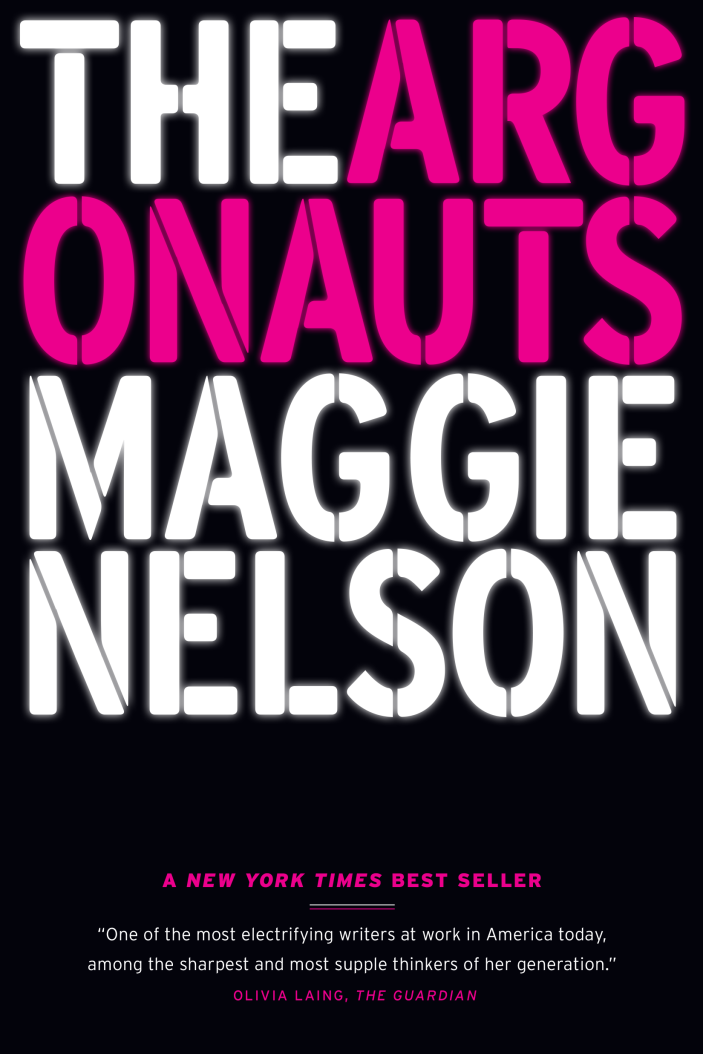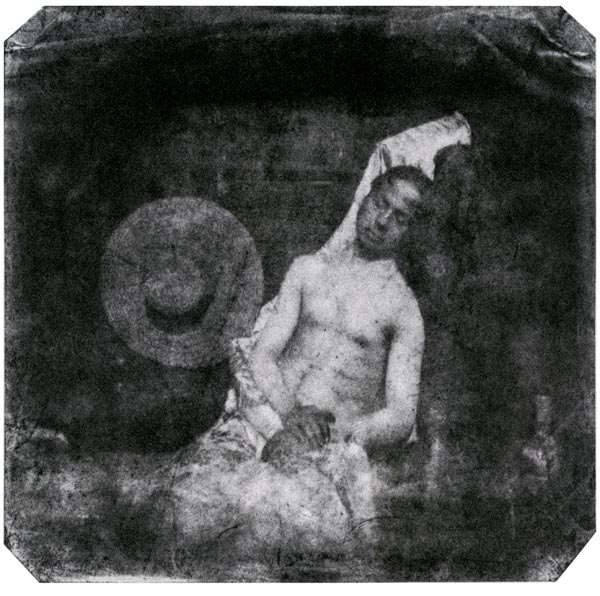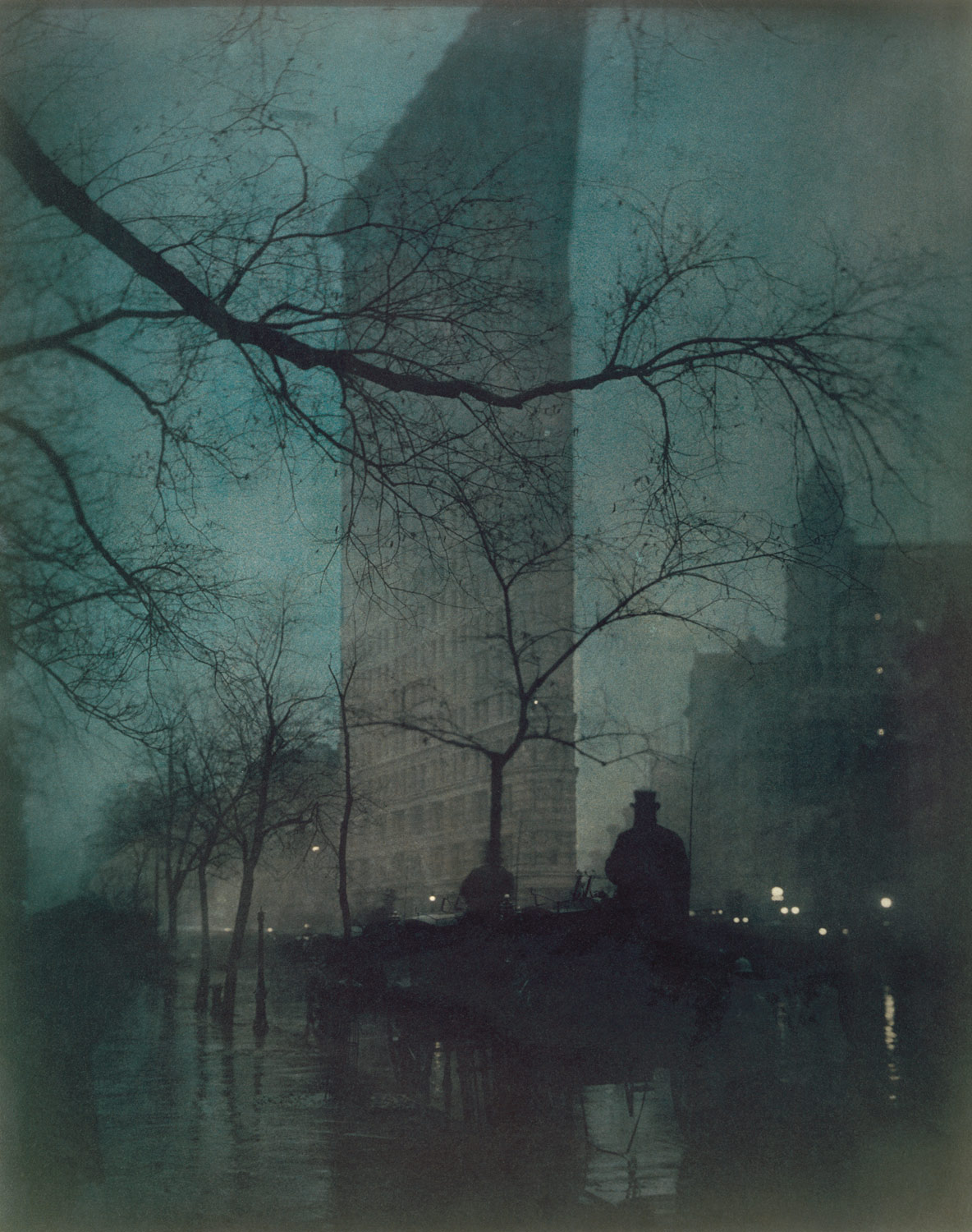I'm reading Maggie Nelson's
The Argonauts.
Here is a quote. More posts will likely come over time as I read more.
Page 28-29: Wanting it both ways
Eve Kosofsky Sedgwick wanted to make way for "queer" to hold all kinds of resistances and fracturings and mismatches that have little or nothing to do with sexual orientation. "Queer is a continuing moment, movement, motive -- recurrent, eddyin,
troublant," she wrote. "Keenly, it is relational, and strange." She wanted the term to be a perpetual excitement, a kind of placeholder -- a nominative, like
Argo, willing to designate molten or shifting parts, a means of asserting while also giving the slip. That is what reclaimed terms do -- they retain, they insist on retaining, a sense of the fugitive.
At the same time, Sedgwick argued that "given the historic and contemporary force of the prohibitions against
every same-sex sexual expression, for anyone to disavow those meanings, or to displace them from the term [
queer]'s definitional center, would be to dematerialize any possibility of queerness itself."
In other words, she wanted it both ways. There is so much to be learned from wanting it both ways.



























